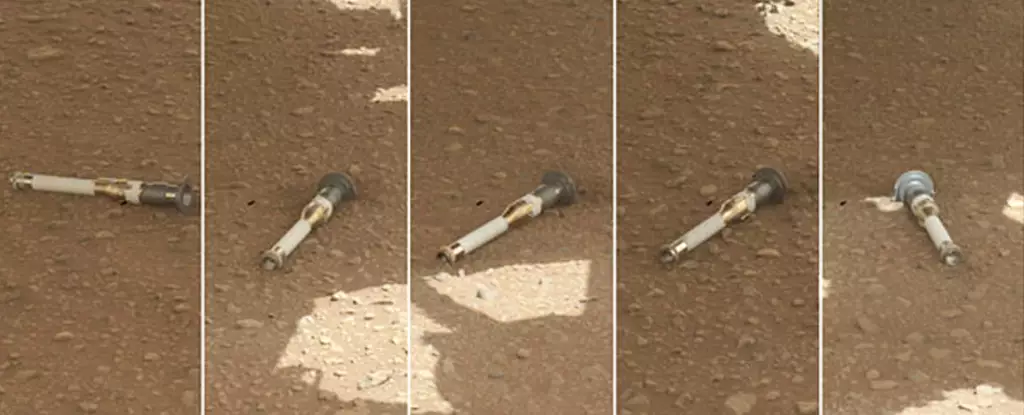When NASA initiated the Perseverance rover mission to Mars with the goal of collecting samples, it may have underestimated the complexity of the task. The initial mission cost of US$2.4 billion seemed significant, but as the mission progressed, it became clear that bringing those samples back to Earth would be a monumental challenge.
The Ambitious Goals and Setbacks
NASA’s ambitious goal of searching for signs of ancient life on Mars through the collection and analysis of rock and sediment samples from Jezero Crater hit a roadblock when the original design for the retrieval mission, Mars Sample Return, fell apart. The intricate plan involving multiple rockets, a lander, an orbiter, and a decade of technological advancements was deemed too costly and time-consuming.
The Call for Innovative Solutions
With the projected cost of the Mars Sample Return mission ballooning to $8 to $11 billion and the timeline extending to the 2040s, NASA Administrator Bill Nelson declared the need for a new, more feasible plan. The agency is now looking for out-of-the-box possibilities and calling on companies and laboratories to propose alternative ideas for bringing the samples back to Earth at a lower cost and in a shorter timeframe.
Recognizing the magnitude of the challenge ahead, NASA is seeking collaboration from both established contractors like Lockheed Martin, Northrop Grumman, Boeing, and SpaceX, as well as emerging startups like Astrobotic and Intuitive Machines. The goal is to leverage the expertise of a wide range of partners to develop a new, more streamlined plan for the Mars Sample Return mission.
One of the key technological hurdles that NASA will face in bringing samples back from Mars is the unprecedented task of launching from another planet. The successful return trip from Mars to Earth will require innovative solutions and groundbreaking technology. As NASA’s Nicola Fox emphasized, this mission is a first of its kind and will demand a considerable technological leap.
While the Perseverance rover mission has been successful in collecting samples from Mars, the real challenge lies in bringing those samples back to Earth for analysis. NASA’s original plan for the Mars Sample Return mission proved to be too complex and costly, prompting the agency to seek new proposals from external partners. By fostering collaboration and encouraging innovation, NASA aims to overcome the technological hurdles and make the ambitious goal of returning Mars samples to Earth a reality.



Leave a Reply